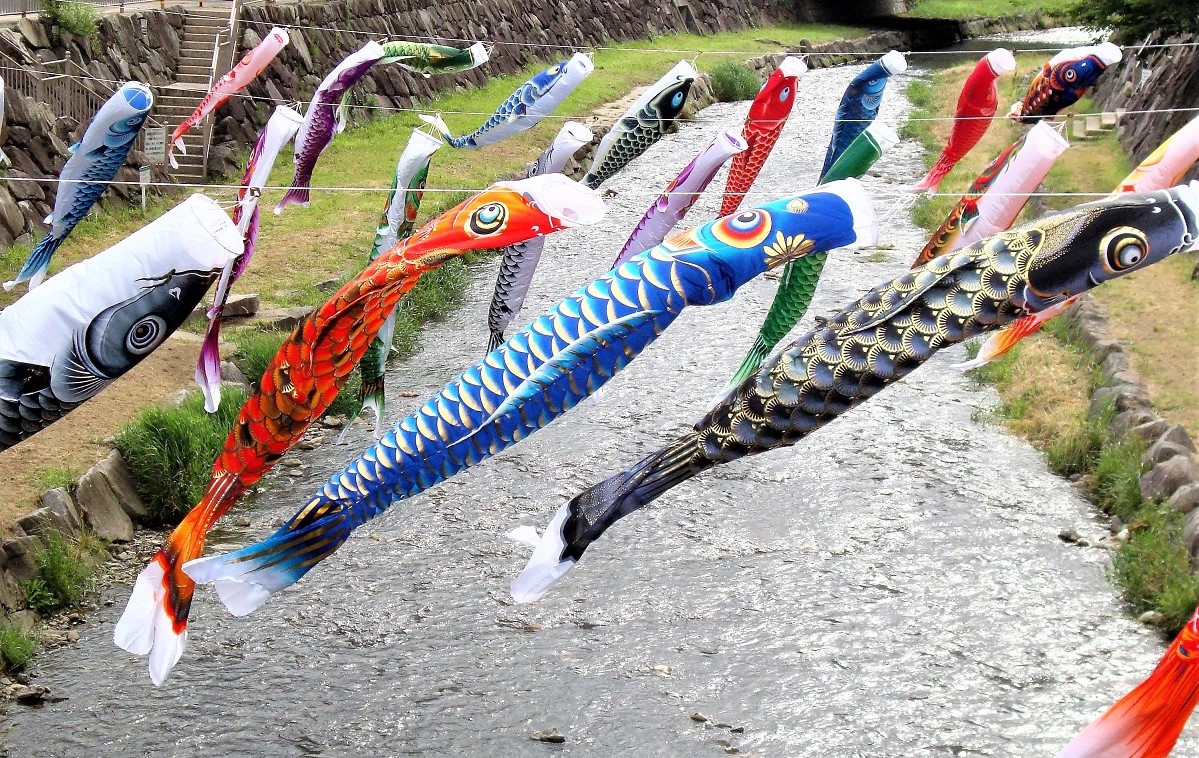Despite being rather old, the Viscose process still is the most important and frequently used technology for the production of regenerated wood based fibers with annual production volumes exceeding 3.5 million tons, mainly for the textile industry.*
However, there are several environmental drawbacks of this technology. For instance, the necessity to use CS2 to form the cellulose precursor material (cellulose xanthate, CX), as well as the development of volatile sulfur containing compounds (e.g. H2S, COS) during the regeneration procedure requires complex recovery technologies, which manifest into higher prices of the final fiber products.*
Another technology that has raised attention in recent years is the Carbacell process. The Carbacell process relies on cellulose carbamate (CC), which is easily obtained by reacting cellulose with urea. CC is soluble in cold alkali and can be subjected to wet spinning processes similar to those in viscose plants.*
In their article: “Cellulose carbamate derived cellulose thin films: preparation, characterization and blending with cellulose xanthate” Michael Weißl, Mathias Andreas Hobisch, Leena Sisko Johansson, Kay Hettrich, Eero Kontturi, Bert Volkert and Stefan Spirk introduce a new system for manufacturing cellulose thin films based on ecofriendly CC. *
Since CC is water soluble, the use of organic solvents is omitted compared to the other often employed cellulose derivative, TMSC. In addition, CC can be synthesized in large scale via environmentally friendly procedures. The regeneration process itself does not require any additional treatment but is induced by increasing the NaOH concentration during the spin-coating via evaporation of the water, as confirmed by IR and XPS spectroscopy.*
Atomic Force Microscopy in tapping mode using a NanoWorld Arrow-NCR AFM probe was employed to gain further information about the surface morphology and structure of the CC films.

2 × 2 µm2 AFM height (upper row) and phase (lower row) images of CC based thin films after spin coating and rinsing with water; starting with concentrations from 1.0 to 1.5, 2.0 and 2.5 wt%
*Michael Weißl, Mathias Andreas Hobisch, Leena Sisko Johansson, Kay Hettrich, Eero Kontturi, Bert Volkert, Stefan Spirk
Cellulose carbamate derived cellulose thin films: preparation, characterization and blending with cellulose xanthate
Cellulose, August 2019, Volume 26, Issue 12, pp 7399–7410
Doi: https://doi.org/10.1007/s10570-019-02600-z
Please follow this external link to read the full article: https://link.springer.com/article/10.1007%2Fs10570-019-02600-z
Open Access: The paper « Cellulose carbamate derived cellulose thin films: preparation, characterization and blending with cellulose xanthate » by Michael Weißl, Mathias Andreas Hobisch, Leena Sisko Johansson, Kay Hettrich, Eero Kontturi, Bert Volkert and Stefan Spirk is licensed under a Creative Commons Attribution 4.0 International License, which permits use, sharing, adaptation, distribution and reproduction in any medium or format, as long as you give appropriate credit to the original author(s) and the source, provide a link to the Creative Commons license, and indicate if changes were made. The images or other third party material in this article are included in the article’s Creative Commons license, unless indicated otherwise in a credit line to the material. If material is not included in the article’s Creative Commons license and your intended use is not permitted by statutory regulation or exceeds the permitted use, you will need to obtain permission directly from the copyright holder. To view a copy of this license, visit http://creativecommons.org/licenses/by/4.0/.



